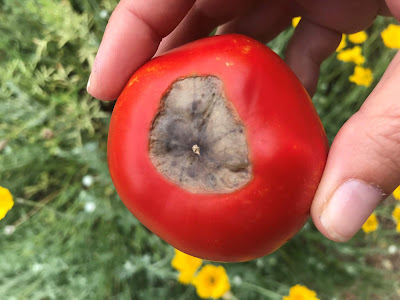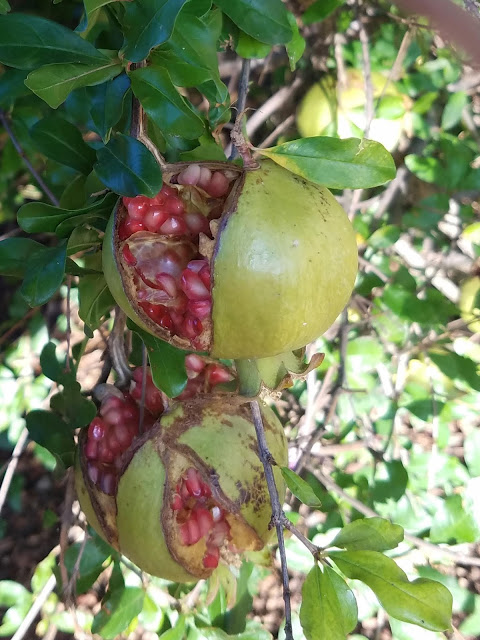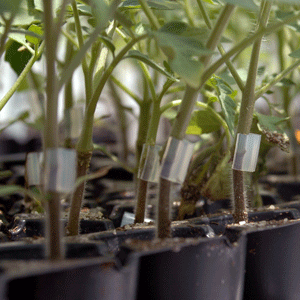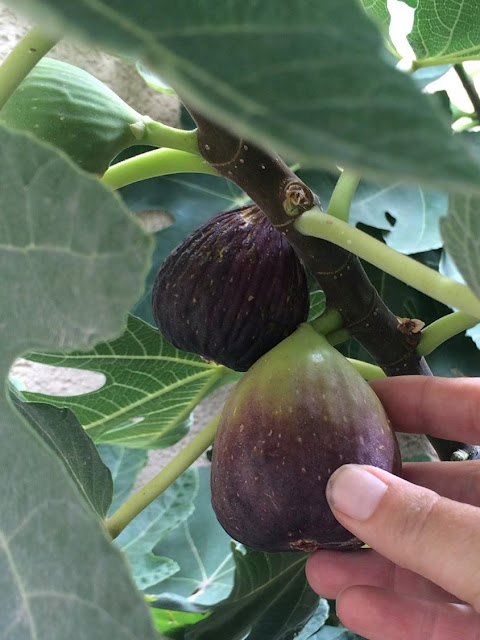Short Answers to Pressing Questions: Rotting Fruit, Summer Pruning, and Squash Bugs

Southwest Yard & Garden by Dr. Marisa Thompson Blossom end rot on a tomato picked at the NMSU Agricultural Science Center at Los Lunas on August 21 (photo credit M. Thompson). This week, when trying to select a question for the column, I looked through the 22-year archive for this gardening column online ( http://aces.nmsu.edu/ces/yard/archives/ ) to find issues that pop up again and again at this time of year. I selected these three columns written in 1996, 1997, and 2000 by my predecessor, Dr. Curtis Smith, retired NMSU Extension Horticulture Specialist. Question: My watermelon crop had at least a dozen blooms and good-sized melons, but then died due to "brown rot" on the bottom of each melon (not the part that touches the ground, but the end of the fruit). What is causing this and what can we do to prevent the remaining melons from dying before they are fully mature? Answer: ** UPDATE JULY 2020 ** I've recently come across proof that calcium


